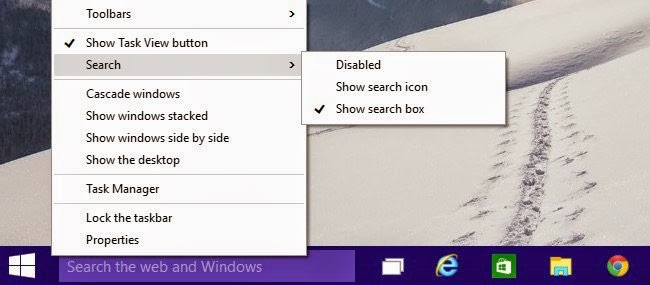While changing your browser’s font may not be the most pressing issue, sometimes it is fun to make a change. That’s why we are going to teach you how to change the default font in Google Chrome, Mozilla Firefox, and Internet Explorer.
Note: the instructions for Chrome and Firefox should work in any operating system. Obviously Internet Explorer only runs on Windows, so these settings would only work there.
Changing Chrome’s Font
In order to change the font in Google Chrome, you will need to access the “Font and Language Settings.” Begin by opening up your browser, clicking on the three parallel lines on the top right of the window, and then click on “Settings.”
Scroll down until you get to the “Web Content” section and click on “Customize fonts.”
Alternatively, you can just enter chrome://settings/fonts into your browser and hit “Enter.” Now you can change all your font settings.
Change the fonts as needed and press “Done” then restart your browser.
Changing Firefox’s Font
If you are running Firefox as your main browser, you can edit the fonts in just a few simple steps. Begin by pressing the three horizontal bars on the top right corner of your browser, then select “Options.”
Next, you will need to click on the “Content” tab and select your font from the list of available fonts in the drop-down menu.
From this window you can also change the font size and colors. If you click on the “Advanced” button, you can also edit the following settings.
Note: make sure to leave the box checked for “Allow pages to choose their own fonts” or else a lot of the web will be broken. Many sites, including this one, use icons that are actually implemented as custom fonts.
Changing Internet Explorer’s Font


















